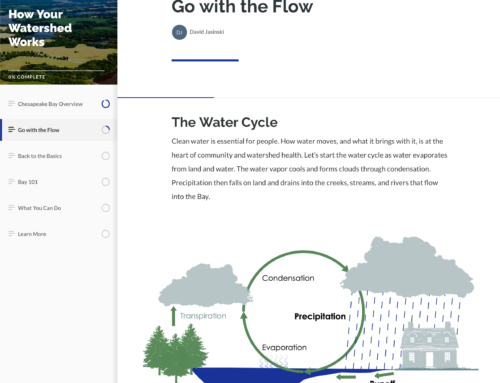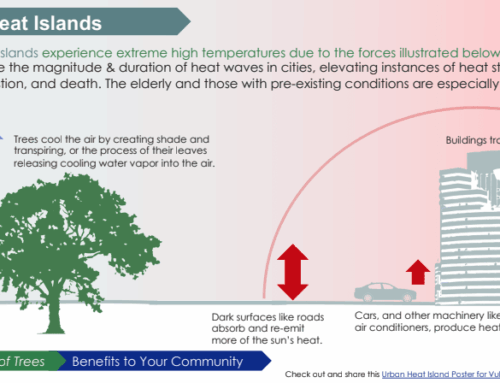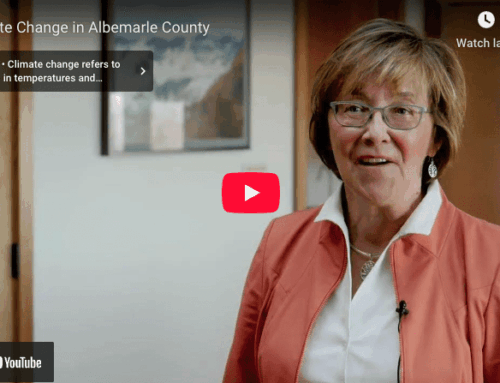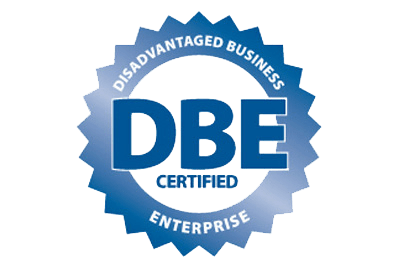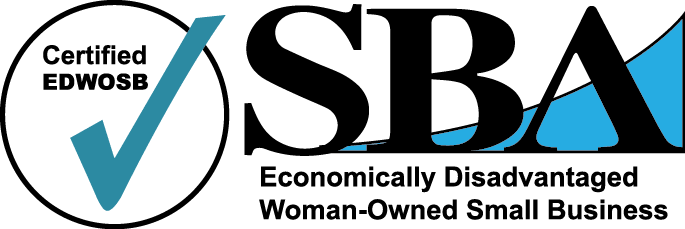Press releases are an easy way to broaden your reach and increase awareness around your organization's work. You can use them to highlight upcoming events, outcomes of recent events, strategic announcements about staffing opportunities or changes, or anything you want your stakeholders to know.
Environmental and research organizations don't always leverage the power of press releases to garner media attention. We hear from clients that they aren't sure when to send a press release or even how to conduct outreach to media, so we're here to help!
For some inspiration, here's a short list of some things that are definitely worthy of a press release:
- You've just released a new annual report highlighting your successes
- A new project or website launch
- An upcoming conference or symposium– followed up by an update on how it went
- A job opening or organizational changes
- Announcing a new fundraising goal or that you just secured a large new award
- You have a new strategic plan that lays out your vision for the future
There are a million reasons to publicize what your group is doing to cultivate broader awareness. The next key is working to make sure journalists actually cover your story based on a press release. Journalists could paper their offices in the volume of press releases they see each week. How do you make yours stand out? Read on!
1) Know the target audience for your press release
Before you begin writing your press release, you should know who your target audience is and which journalists can help you reach them. Your audiences could include potential donors, volunteers, scientists, or other stakeholders. Develop a media list with journalists who write for a particular "beat" that overlaps with your intended audience, such as conservation, local issues, and environmental or science news.
Tip: Identify a short list of "dream" writers and thoroughly research what they've covered in the past. You are more likely to gain coverage if you can make connections to their specific interests. Also, email them and ask if they'll add you to their media list so you will be notified when they are looking for stories.
2) Create ready-to-print copy
When writing a press release, your goal should be to create the least amount of work for the journalist as possible. Reporters are busy and receive press releases constantly. To make sure yours stands out, it should be fit to print. If a journalist has to heavily edit and rewrite your press release, it is unlikely it will ever be published. Keep in mind what you're offering to the journalist and to their audience.
Tip: Write in the third person. NEVER use first or second person in a press release!
3) Write a great headline
The headline is arguably the most important part of your press release–and potentially the only part many recipients will ever read. You need to grab the journalist's attention and set your press release apart from the stack. Remember, since the press release is going to be as fit-for-print as possible, think of the headline as if it were going to be published on the front page of a newspaper. It needs to be bold, catchy, and active. A few ideas for what to include in your headline include:
- Include impressive numbers
- "34 acres of critical habitat restored"
- "Local watershed group meets fundraising goal a year ahead of schedule"
- Answer a question or prompt the reader to ask a question that is answered in the press release
- "Learn about the surprising solution to invasive species in upcoming free lecture"
- "Is your backyard helping the watershed? Local group provides free stormwater management training"
- Use active voice, action verbs, and strong language in your headline
- "Crystal-clear water delights scientists monitoring local waterways"
- "Local land trust makes waves with generous donation to watershed nonprofit"
Tip: Write your headline last. Extract important keywords from your release and then use those to craft your headline.
4) Get to the point
Be succinct and direct. Only include the most important details about your upcoming event or announcement. Remove superfluous adjectives and phrases. Remember that press releases should have no wasted words. Every sentence you write should have a point and lead the journalist through the important details.
Tip: Be upfront about your Call-To-Action, if you have one. Answer who-what-when-where-why and then wrap it up!
5) Let your experience shine
When writing your press release, highlight your experience and past successes to give your announcement context and legitimacy. While you want your press release to stand out, limit the use of unnecessary adjectives to make your point. You should avoid over-used descriptions like "game-changing," "revolutionary," "unique," etc., and instead use numbers, stats, and quotes from key players to tell your story. Testimonials from past volunteers and scientists and metrics from impact reports and recent projects will help contextualize and emphasize your press release, letting your accomplishments and success stories speak for themselves.
Tip: Focus your quotes and stats toward your call to action. It should be clear what you want the reader to do once they read your release.
6) Show them who you are
We are all drawn to photos and graphics before text. Releases with images tend to get more attention. Consider adding a photo or infographic to complement your story, just make sure it's a great, high resolution image, relevant to the point of your release.
Tip: More on why your release needs pictures.
Press releases can be intimidating but sharing your news with the world is worth it. Let us know if you need help with releases or any other aspects of media relations.


